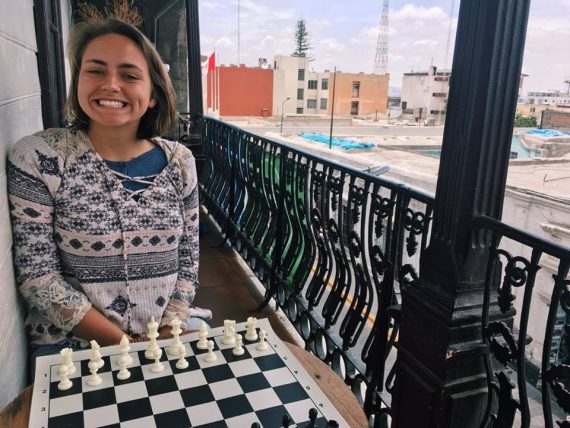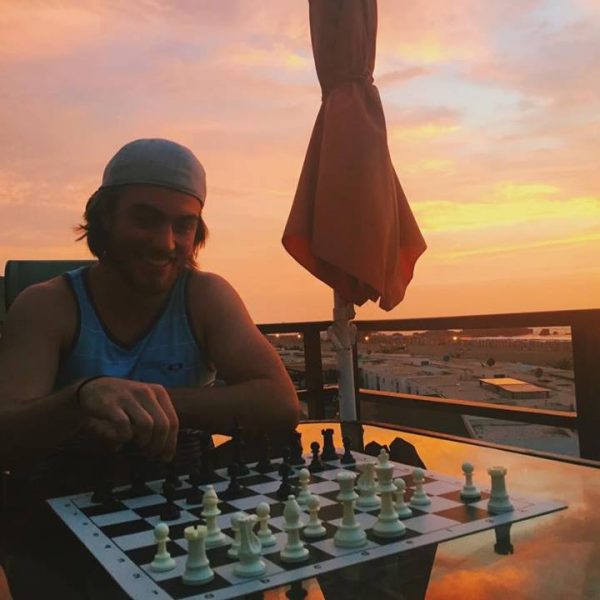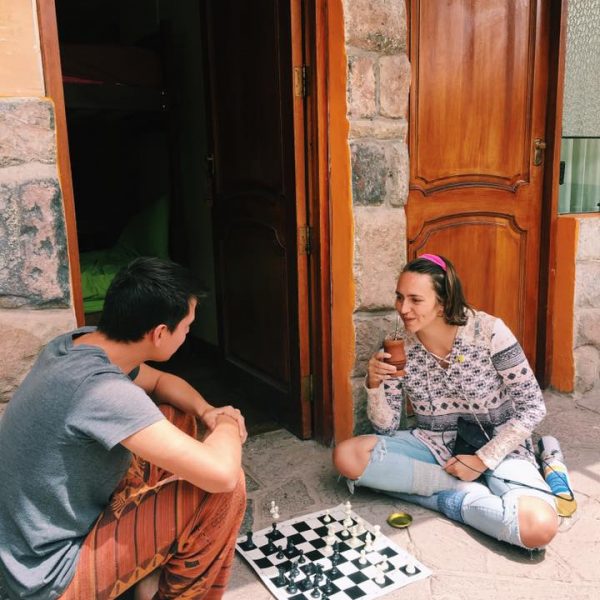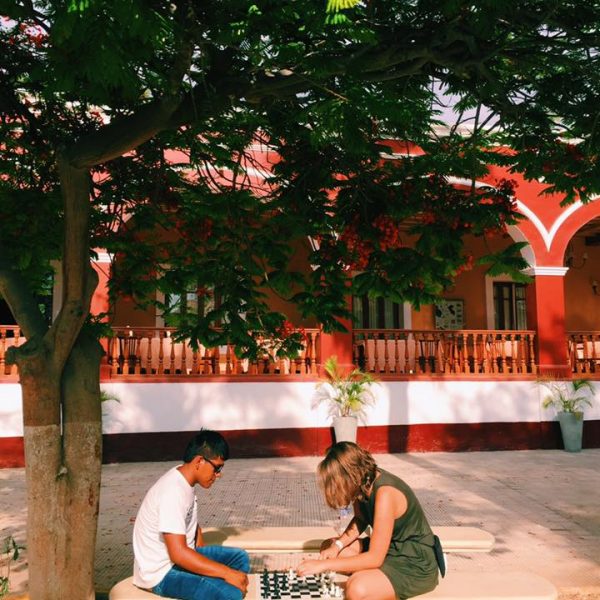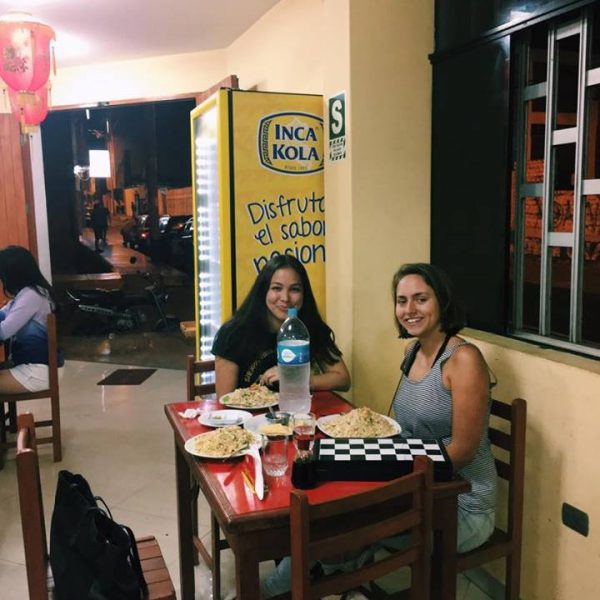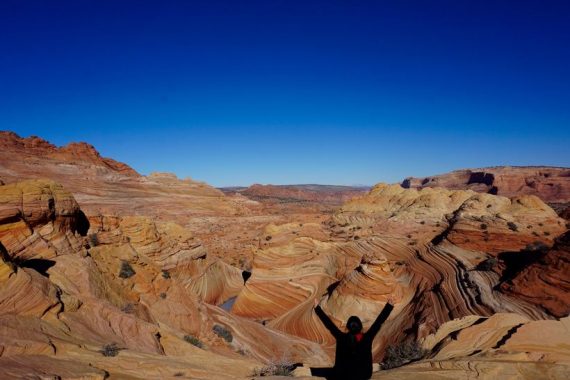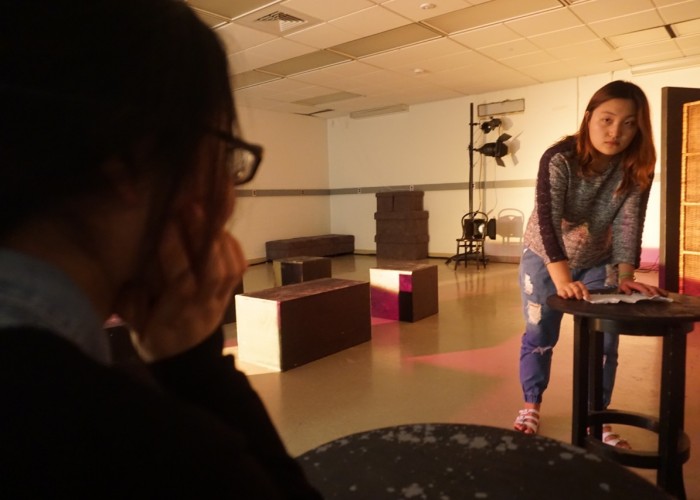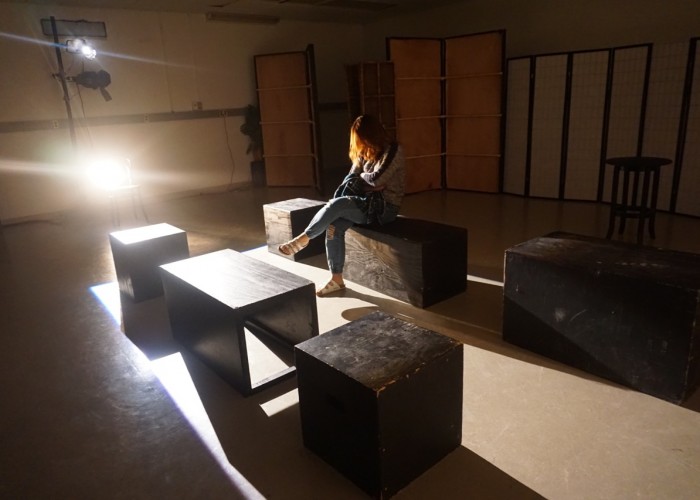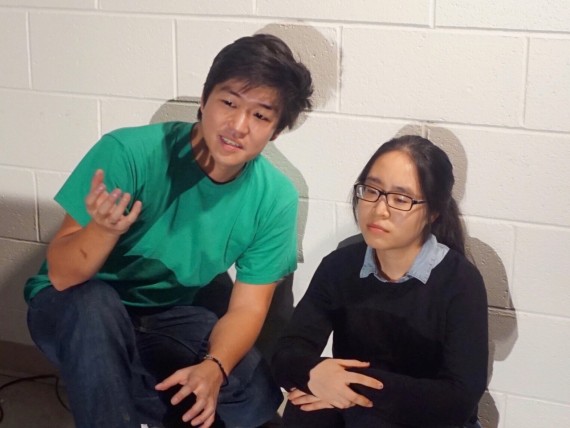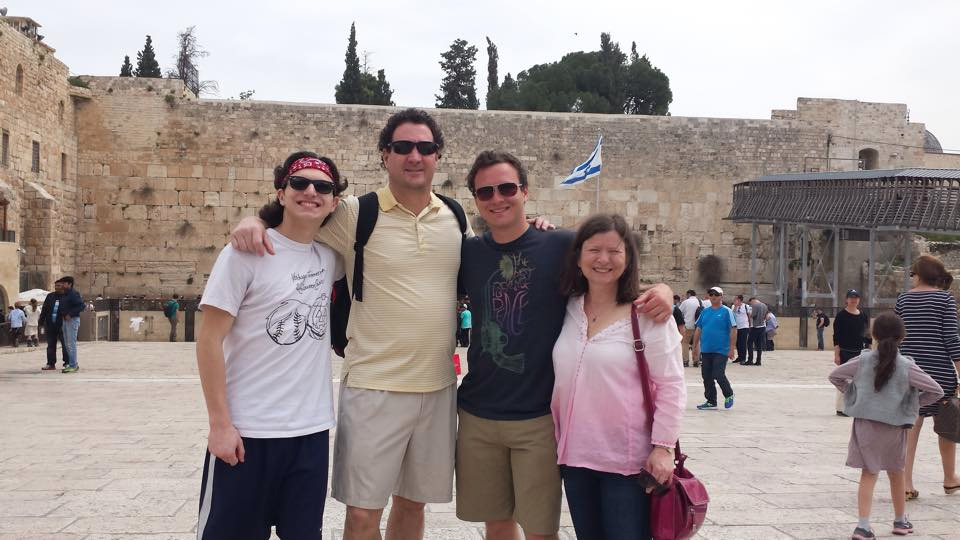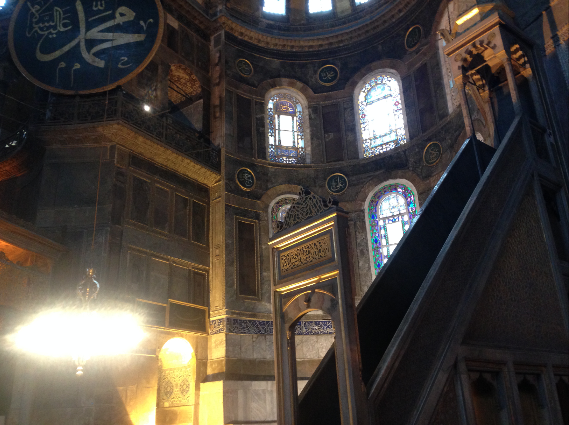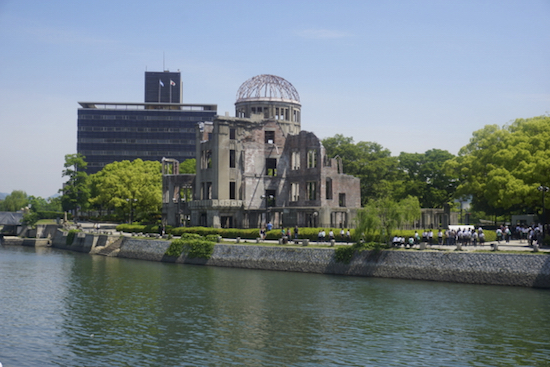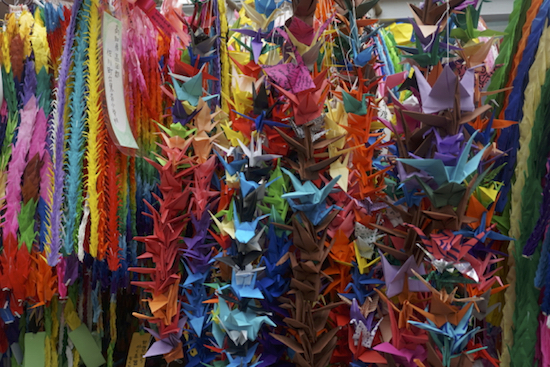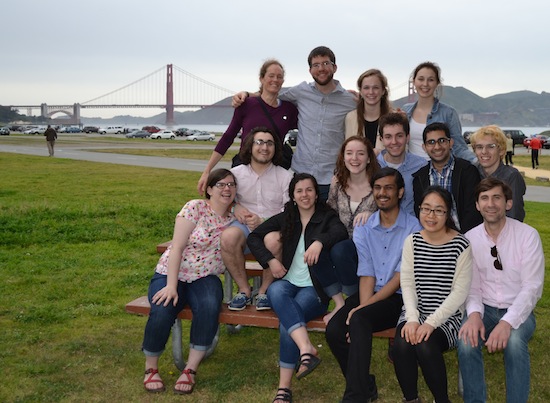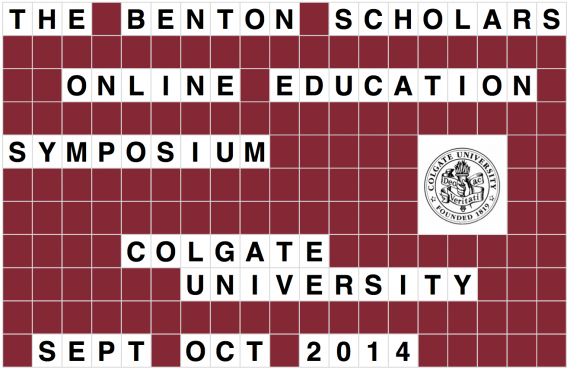Between March 11th and March 17th, a cohort of Benton Scholars from the class years of 2017, 2018, and 2019 traveled with their instructors to Texas to study design, technology, and innovation. Escaping the two-foot plus arctic deluge, we arrived in Texas on Sunday the 12th, and after a long drive to the city of Dallas and much-needed rest that night, we began our exploration of Dallas, Texas, on Monday the 13th. That day, we walked through the city to arrive at the Morton H. Meyerson Symphony Center. Situated in the Dallas Arts District, the Center is an example or artistic and musical excellence, designed by Pritzker Prize-winning architect I.M. Pei and internationally-renowned acoustician Russell Johnson. The world-class Dallas Symphony Orchestra, including the Dallas Symphony Chorus and the Dallas Wind Symphony, commands this magnificent stage (pictured below) as their home base.

The interior of the Meyerson Symphony Hall, the Eugene McDermott Concert Hall, featuring a grand stage, adjustable ceiling, and 2062 seats!
The interior of the symphony hall illustrated artistic expression through technology. The roof of the concert hall stage (pictured above) is adjustable, able to be moved up or down, tilted left or right, or angled forwards or backwards, depending on the instruments and the desired audio effect. The interior is designed to facilitate optimum resonance of the sound produced on stage. To control this resonance, the chamber is controlled by concrete doors at the top which can allow greater or lesser air flow. Furthermore, the interior is also equipped with a moisture control system which responds to the humidity outside and the moisture inside, as moisture in the air affects auditory resonance. Assuredly, the Meyerson Symphony Hall was a testimony to the sophistication of technology and the beauty of artistic expression.
Following our visit to the Morton H. Meyerson Symphony Center, we meandered through the city of Dallas, past both skyscrapers and open parks, to investigate more deeply the technological and entrepreneurial aspects of innovation. Our next stop was the DEC, or the Dallas Entrepreneur Center. The DEC is an entrepreneurial accelerator accessible to entrepreneurs in the Dallas area. Here, entrepreneurs can find a space where they can receive training, education, support, mentorship, and even access to capital in order to encourage and equip themselves to grow their businesses.

Will Akins (Left) describes the impact of the DEC to Jacob Feldman ’19 (Right)
The Dallas Entrepreneur Center has had a significant impact on the city of Dallas. They have generated at least 115 million dollars to assist driven entrepreneurs to actualize their ideas, although some reports estimate that figure is even higher. This is beyond simply raising money: new ideas are brought forth, new businesses are formed, new jobs are created, and more people than before are employed. Not only does this make a difference in the employee’s lives, but it also impacts the city of Dallas and the economy of Texas as a whole. Whether you are looking for advice, teammates, or investors, both novice and veteran entrepreneurs can be found in this vibrant, collaborative environment.
While we all pushed the limits of our understanding during this spring break trip in different ways, we returned back to Colgate with a deeper awareness of the artistic aspects of technology, the technological details behind art, and the entrepreneurial and innovative drive that makes both of those possible.



